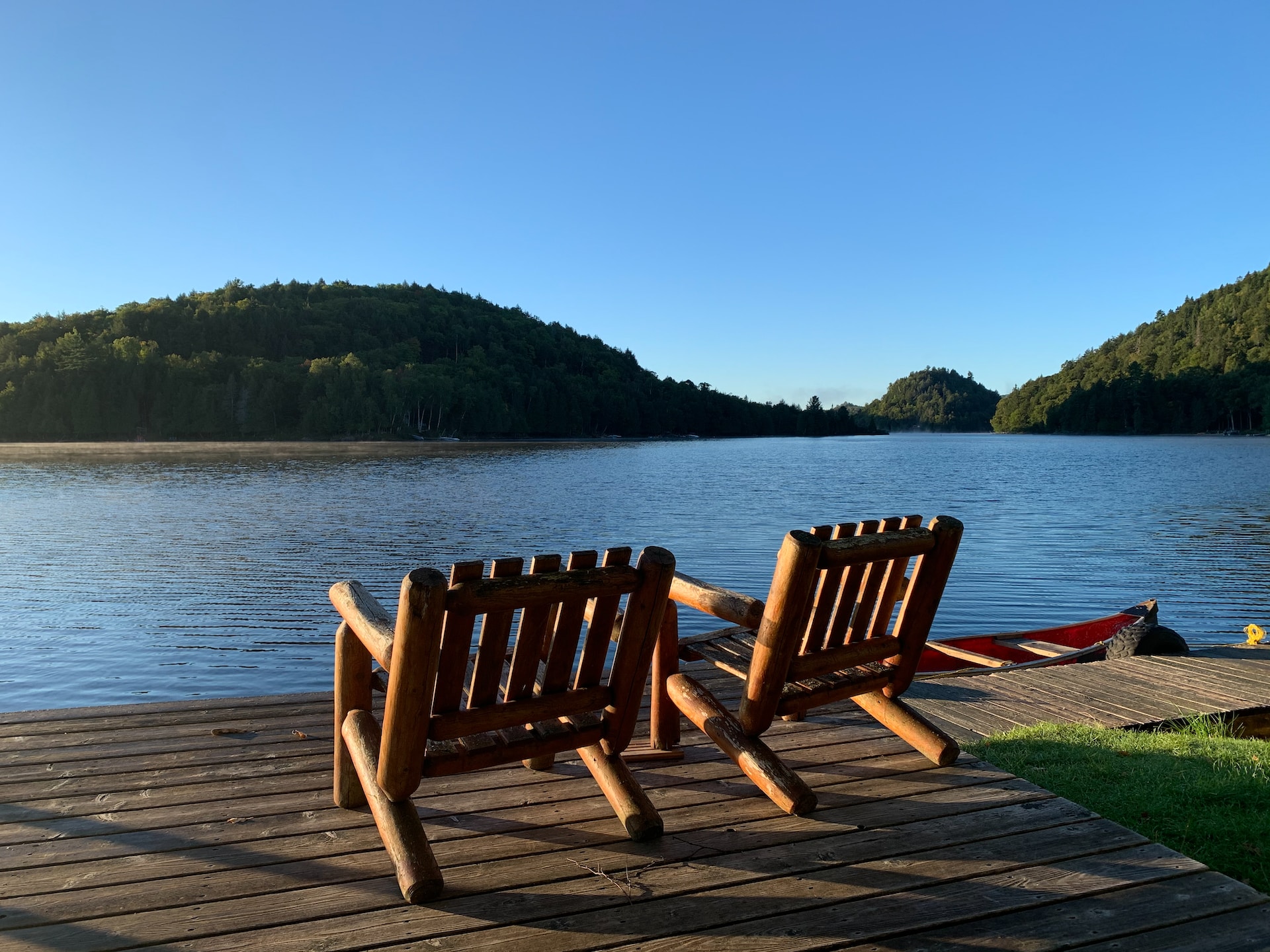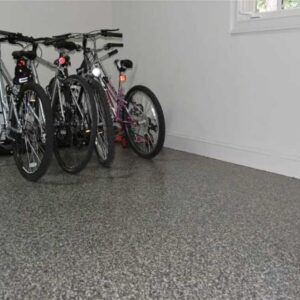A boat dock is a waterfront property’s important, practically required feature. But choosing the right deck material can make all the difference between a functional and attractive dock or one that’s high-maintenance and lacks charm.
Wood, for instance, offers a wide variety of looks and can be quite durable if treated with the right preservatives. But it’s still vulnerable to rot and insects.
Wood
Waterfront property is a dream come true for many homeowners. However, building a home on the shoreline presents unique architectural challenges. It requires a strong foundation and durable materials to withstand constant contact with water, weather, and pests.
Wood is the traditional choice for cottage construction of decks and sunrooms, but it can become susceptible to mold, mildew, rot, and splinters over time if not treated properly. To combat these problems, some builders opt for more resilient alternatives to wood, such as PVC and composite.
Ipe, a dense, heavy exotic hardwood, is one option that has proven very durable. However, it is expensive and will eventually fade from a rich red-brown to gray. Kroll suggests sandwiching the ipe posts between a double-rim joist and through-bolting them to the beams for greater stability and durability. In addition, he recommends using aluminum decking rather than galvanized fasteners, which are prone to rust.
Vinyl
Waterfront properties can be beautiful spaces for relaxing and enjoying the views, but they can also pose unique architectural challenges. These areas are prone to high moisture, salt and sand, which can wear away at decking and other structures. You must use the material to stand up to the elements to create a space that can handle big beach parties, heavy foot traffic, and harsh weather conditions.
Vinyl is popular for waterfront homes because it can be installed in various structures, from stairways to docks and boardwalks. It’s lightweight and comes in a wide range of colors, including options that look like wood. One drawback of vinyl is that it can’t be refinished, so you may need to replace it if worn or discolored over time.
For seawalls, vinyl is designed to be ice-resistant and can help prevent erosion caused by storm surges and the movement of sand and silt. However, vinyl can’t hold up against the weight of concrete for larger seawalls and is unsuitable in areas with high ice pressure.
Composite
Composite decks and docks West Palm Beach are a great option for waterfront properties because they offer the best of both worlds: durability and beauty. They require less maintenance than wood and are also resistant to splintering and rotting. However, they are prone to scratches from regular use and can fade in prolonged sunlight.
When choosing a color for your composite decking, it’s important to consider your area’s climate and sun exposure. Lighter colors will attract less heat and stay cooler in the bright sun, while darker shades may absorb more and heat up faster.
If you’re on the fence between capped composite and wood, a sample is a great way to see which material looks best with your home. And remember to choose the right fasteners for your composite decking because different systems have specific requirements. Also, follow the manufacturer’s installation instructions, as ignoring them can void your warranty. A reputable, certified building contractor will know the proper procedures for each system.
Aluminum
A waterfront home, cottage, or dock is a beautiful space for solitary relaxation or bonding with friends and family. But these peaceful spaces often face unique architectural challenges – and the right building materials are key to helping them withstand harsh environmental conditions like water, sun exposure, and seasonal temperature changes.
Wood is a classic choice, but it’s susceptible to mold, mildew, rot, and splintering when exposed to regular moisture. There are now a variety of alternatives to traditional wood that make low-maintenance cottage construction a more realistic option for the modern homeowner.
Aluminum, for example, is a durable option that can stand up to salt, and it comes in many colors, including red which complements a wide variety of home exteriors. Though some homeowners had complained about the metal’s pinging sound when walked on, this problem has been solved with modern versions that feature a polyurea coating that muffles sounds and disperses heat.





